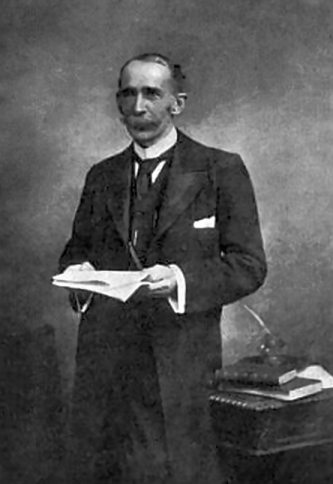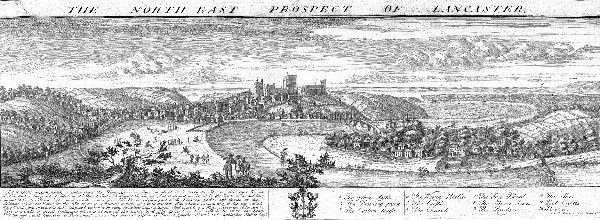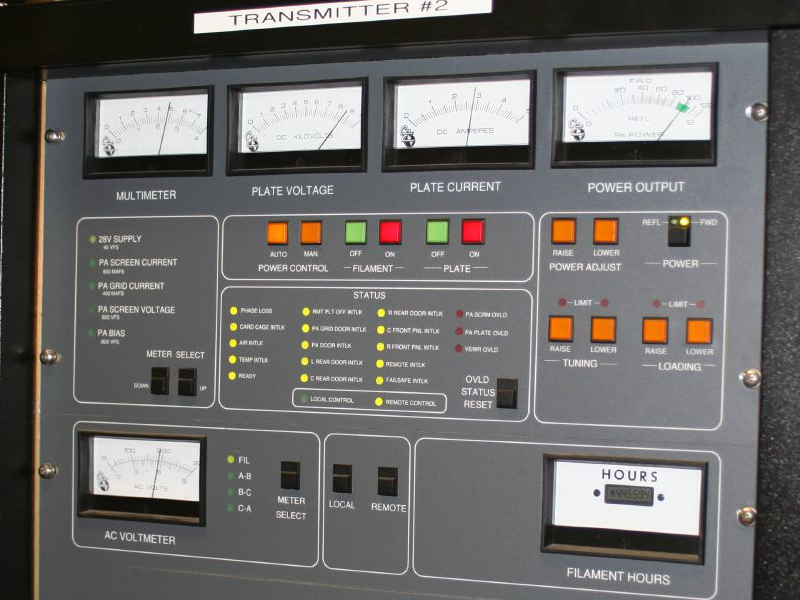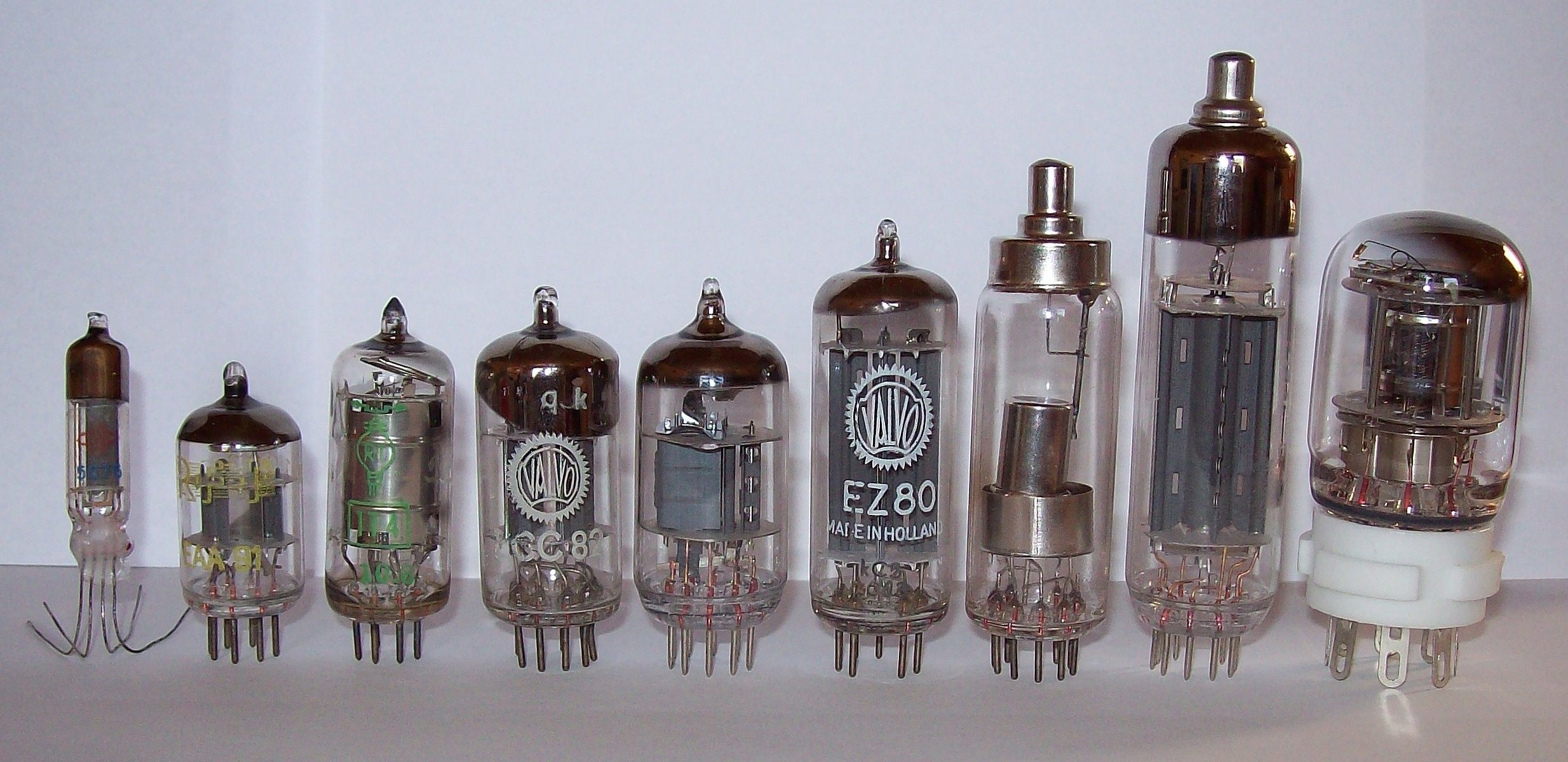|
John Ambrose Fleming
Sir John Ambrose Fleming (29 November 1849 – 18 April 1945) was an English electrical engineer who invented the vacuum tube, designed the radio transmitter with which the first transatlantic radio transmission was made, and also established the right-hand rule used in physics. He was born in Lancaster, Lancashire and was baptised on 11 February 1850, the eldest of seven children of James Fleming DD (died 1879), a Congregational minister, and his wife Mary Ann. A devout Christian, he once preached at St Martin-in-the-Fields in London on evidence for the resurrection. In 1932, he and Douglas Dewar and Bernard Acworth helped establish the Evolution Protest Movement. Fleming bequeathed much of his estate to Christian charities, especially those for the poor. He was a noted photographer, painted watercolours, and enjoyed climbing the Alps. Early years Ambrose Fleming was born in Lancaster and educated at Lancaster Royal Grammar School, University College School, London, an ... [...More Info...] [...Related Items...] OR: [Wikipedia] [Google] [Baidu] |
Lancaster, Lancashire
Lancaster (, ) is a city in Lancashire, England, and the main cultural hub, economic and commercial centre of City of Lancaster district. The city is on the River Lune, directly inland from Morecambe Bay. Lancaster is the county town, although Lancashire County Council has been based at County Hall, Preston, County Hall in Preston, Lancashire, Preston since its formation in 1889. The city's long history is marked by Lancaster Roman Fort, Lancaster Castle, Lancaster Priory, Lancaster Priory Church, Lancaster Cathedral and the Ashton Memorial. It is the seat of Lancaster University and has a campus of the University of Cumbria. It had a population of 52,234 in the 2011 census, compared to the district, which had a population of 138,375. The House of Lancaster was a branch of the List of English monarchs, English royal family. The Duchy of Lancaster still holds large estates on behalf of Charles III, who is the Duke of Lancaster. The Port of Lancaster and the 18th-century Lancas ... [...More Info...] [...Related Items...] OR: [Wikipedia] [Google] [Baidu] |
Franklin Medal
The Franklin Medal was a science award presented from 1915 until 1997 by the Franklin Institute located in Philadelphia, Pennsylvania, U.S. The United States of America (USA), also known as the United States (U.S.) or America, is a country primarily located in North America. It is a federal republic of 50 states and a federal capital district, Washington, D.C. The 48 contiguous ... It was founded in 1914 by innovator Samuel Insull, and it was the most prestigious of the various awards presented by the Franklin Institute. Together with the other eight historical awards, it was merged into the Benjamin Franklin Medal, initiated in 1998. Laureates Recipients are listed in a database on The Franklin Institute website. Notes References External links The Franklin Institute Awards{{Webarchive, url=https://web.archive.org/web/20180102220048/https://www.fi.edu/franklin-institute-awards , date=2018-01-02 Franklin Institute awards * ... [...More Info...] [...Related Items...] OR: [Wikipedia] [Google] [Baidu] |
Congregational Church
Congregationalism (also Congregational Churches or Congregationalist Churches) is a Reformed Christian (Calvinist) tradition of Protestant Christianity in which churches practice congregational government. Each congregation independently and autonomously runs its own affairs. These principles are enshrined in the Cambridge Platform (1648) and the Savoy Declaration (1658), Congregationalist confessions of faith. The Congregationalist Churches are a continuity of the theological tradition upheld by the Puritans. Their genesis was through the work of Congregationalist divines Robert Browne, Henry Barrowe, and John Greenwood. In the United Kingdom, the Puritan Reformation of the Church of England laid the foundation for such churches. In England, early Congregationalists were called '' Separatists'' or '' Independents'' to distinguish them from the similarly Calvinistic Presbyterians, whose churches embraced a polity based on the governance of elders; this commitment ... [...More Info...] [...Related Items...] OR: [Wikipedia] [Google] [Baidu] |
Lancaster, England
Lancaster (, ) is a city in Lancashire, England, and the main cultural hub, economic and commercial centre of City of Lancaster district. The city is on the River Lune, directly inland from Morecambe Bay. Lancaster is the county town, although Lancashire County Council has been based at County Hall in Preston since its formation in 1889. The city's long history is marked by Lancaster Roman Fort, Lancaster Castle, Lancaster Priory Church, Lancaster Cathedral and the Ashton Memorial. It is the seat of Lancaster University and has a campus of the University of Cumbria. It had a population of 52,234 in the 2011 census, compared to the district, which had a population of 138,375. The House of Lancaster was a branch of the English royal family. The Duchy of Lancaster still holds large estates on behalf of Charles III, who is the Duke of Lancaster. The Port of Lancaster and the 18th-century Lancaster slave trade played a major role in the city's growth, but for man ... [...More Info...] [...Related Items...] OR: [Wikipedia] [Google] [Baidu] |
Physics
Physics is the scientific study of matter, its Elementary particle, fundamental constituents, its motion and behavior through space and time, and the related entities of energy and force. "Physical science is that department of knowledge which relates to the order of nature, or, in other words, to the regular succession of events." It is one of the most fundamental scientific disciplines. "Physics is one of the most fundamental of the sciences. Scientists of all disciplines use the ideas of physics, including chemists who study the structure of molecules, paleontologists who try to reconstruct how dinosaurs walked, and climatologists who study how human activities affect the atmosphere and oceans. Physics is also the foundation of all engineering and technology. No engineer could design a flat-screen TV, an interplanetary spacecraft, or even a better mousetrap without first understanding the basic laws of physics. (...) You will come to see physics as a towering achievement of ... [...More Info...] [...Related Items...] OR: [Wikipedia] [Google] [Baidu] |
Right-hand Rule
In mathematics and physics, the right-hand rule is a Convention (norm), convention and a mnemonic, utilized to define the orientation (vector space), orientation of Cartesian coordinate system, axes in three-dimensional space and to determine the direction of the cross product of two Euclidean vector, vectors, as well as to establish the direction of the force on a Electric current, current-carrying conductor in a magnetic field. The various right- and left-hand rules arise from the fact that the three axes of three-dimensional space have two possible orientations. This can be seen by holding your hands together with palms up and fingers curled. If the curl of the fingers represents a movement from the first or x-axis to the second or y-axis, then the third or z-axis can point along either right thumb or left thumb. History The right-hand rule dates back to the 19th century when it was implemented as a way for identifying the positive direction of coordinate axes in three dime ... [...More Info...] [...Related Items...] OR: [Wikipedia] [Google] [Baidu] |
Transmitter
In electronics and telecommunications, a radio transmitter or just transmitter (often abbreviated as XMTR or TX in technical documents) is an electronic device which produces radio waves with an antenna (radio), antenna with the purpose of signal transmission to a radio receiver. The transmitter itself generates a radio frequency alternating current, which is applied to the Antenna (radio), antenna. When excited by this alternating current, the antenna Electromagnetic radiation, radiates radio waves. Transmitters are necessary component parts of all electronic devices that communicate by radio communication, radio, such as radio broadcasting, radio (audio) and television broadcasting stations, cell phones, walkie-talkies, Wireless LAN, wireless computer networks, Bluetooth enabled devices, garage door openers, two-way radios in aircraft, ships, spacecraft, radar sets and navigational beacons. The term ''transmitter'' is usually limited to equipment that generates radio waves fo ... [...More Info...] [...Related Items...] OR: [Wikipedia] [Google] [Baidu] |
Vacuum Tube
A vacuum tube, electron tube, thermionic valve (British usage), or tube (North America) is a device that controls electric current flow in a high vacuum between electrodes to which an electric voltage, potential difference has been applied. It takes the form of an evacuated tubular envelope of glass or sometimes metal containing electrodes connected to external connection pins. The type known as a thermionic tube or thermionic valve utilizes thermionic emission of electrons from a hot cathode for fundamental Electronics, electronic functions such as signal amplifier, amplification and current Rectifier, rectification. Non-thermionic types such as vacuum phototubes achieve electron emission through the photoelectric effect, and are used for such purposes as the detection of light and measurement of its intensity. In both types the electrons are accelerated from the cathode to the anode by the electric field in the tube. The first, and simplest, vacuum tube, the diode or Flem ... [...More Info...] [...Related Items...] OR: [Wikipedia] [Google] [Baidu] |
Electrical Engineer
Electrical engineering is an engineering discipline concerned with the study, design, and application of equipment, devices, and systems that use electricity, electronics, and electromagnetism. It emerged as an identifiable occupation in the latter half of the 19th century after the commercialization of the electric telegraph, the telephone, and electrical power generation, distribution, and use. Electrical engineering is divided into a wide range of different fields, including computer engineering, systems engineering, power engineering, telecommunications, radio-frequency engineering, signal processing, instrumentation, photovoltaic cells, electronics, and optics and photonics. Many of these disciplines overlap with other engineering branches, spanning a huge number of specializations including hardware engineering, power electronics, Electromagnetism, electromagnetics and waves, microwave engineering, nanotechnology, electrochemistry, renewable energies, mechatronics/control ... [...More Info...] [...Related Items...] OR: [Wikipedia] [Google] [Baidu] |
Pender Chair
The Pender Chair is the post that is generally held by the head of the Department of Electronic and Electrical Engineering of University College London. John Pender (pictured in the caricature on the right), the founder of Cable and Wireless, died in 1896. The Pender Memorial Committee was formed, and collected £6,277 in his memorial. Of this, they decided to donate £5,000 to the Department of Electrical Technology of University College, to enable an expansion of its facilities. This included the founding of the Pender Laboratory, and the inauguration of the Pender Chair. The Department of Electrical Technology had already been formed some years earlier, in 1885, with John Ambrose Fleming (pictured below) as its head. He, therefore, became the first incumbent of the Pender Chair of Electrical Engineering. The following references can be found, in the Council Minutes:Council Minutes (2 November 1895, 25 November 1895, 5 December 1896, 9 January 1897), University College Lo ... [...More Info...] [...Related Items...] OR: [Wikipedia] [Google] [Baidu] |
Marconi's Wireless Telegraph Company
The Marconi Company was a British telecommunications and engineering company founded by Italian inventor Guglielmo Marconi in 1897 which was a pioneer of wireless long distance communication and mass media broadcasting, eventually becoming one of the UK's most successful manufacturing companies. Its roots were in the Wireless Telegraph & Signal Company, which underwent several changes in name after mergers and acquisitions. In 1999, its defence equipment manufacturing division, Marconi Electronic Systems, merged with British Aerospace (BAe) to form BAE Systems. In 2006, financial difficulties led to the collapse of the remaining company, with the bulk of the business acquired by the Swedish telecommunications company, Ericsson. History Naming history * 1897–1900: The Wireless Telegraph & Signal Company * 1900–1963: Marconi's Wireless Telegraph Company * 1963–1987: Marconi Company Ltd * 1987–1998: GEC-Marconi Ltd * 1998–1999: Marconi Electronic Systems Ltd * 1999� ... [...More Info...] [...Related Items...] OR: [Wikipedia] [Google] [Baidu] |
Edison And Swan Electric Light Company
The Edison and Swan Electric Light Company Limited was a manufacturer of incandescent lamp bulbs and other electrical goods. It was formed in 1883 with the name Edison & Swan United Electric Light Company with the merger of the Swan United Electric Company and the Edison Electric Light Company. Thomas Edison established the Edison Electric Light Company in 1878. Joseph Swan established the Swan United Electric Light Company in 1881. Swan sued Edison in the UK, claiming patent infringement; this was upheld by the British courts. In 1882, Edison sued Swan, claiming infringement of his 1879 U.S. patent; however, the Edison Company believed their case would be jeopardized if Swan could demonstrate prior research and publication. Subsequently, in order to avoid uncertain and expensive litigation, the two companies negotiated a merger. The glass bulbs sold in Britain were of Swan's design, while the filaments were of Edison's. From 1887 or earlier Sir Ambrose Fleming was an adviser ... [...More Info...] [...Related Items...] OR: [Wikipedia] [Google] [Baidu] |









